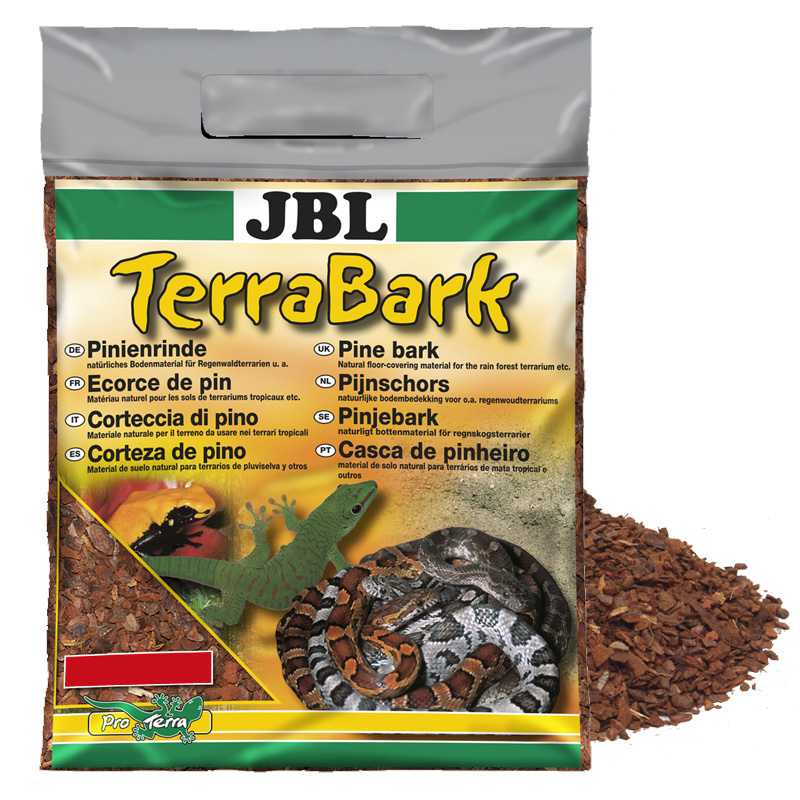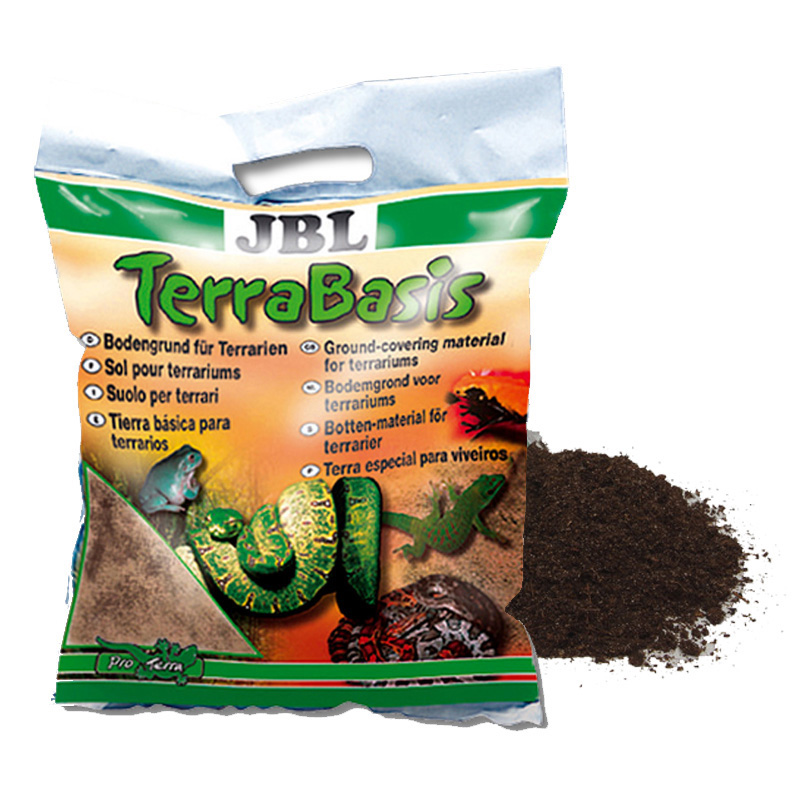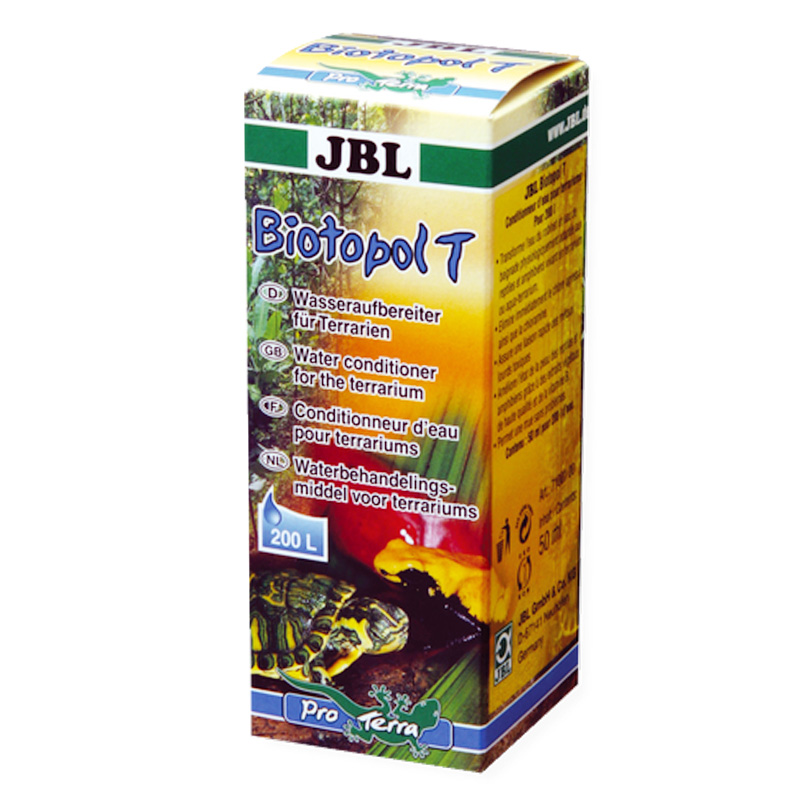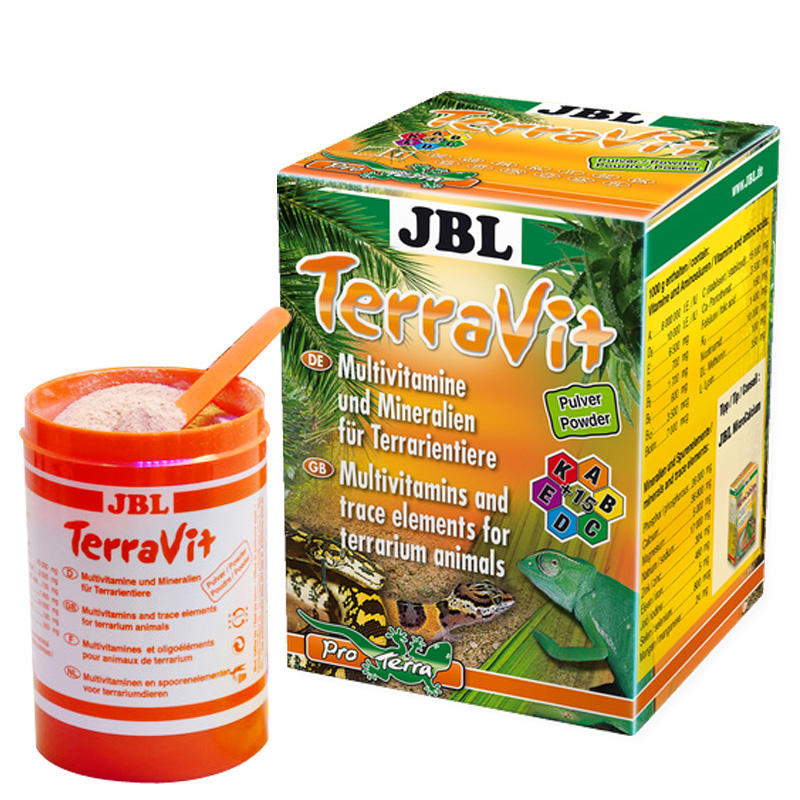Beginner Care Guide of Ball Python
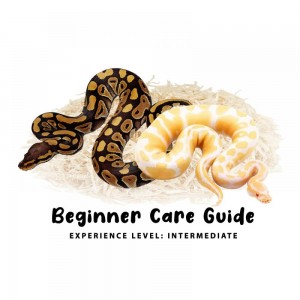
Common Name: Ball Python
Scientific name: Python regius
Origin: West and central Africa
Average size: 3-6 feet
Life span: 20-30 years with proper care
TRAITS & BEHAVIOR
Characteristic:
Ball pythons are so named because when threatened, they roll themselves into a tight ball, tucking their head inside their coils.
Constrictor:
The method of ball python subduing food is by coiling around their prey and suffocating it.
Carnivore:
Feed your ball python an appropriate sized rodents weekly. Snakes generally do not eat while they are in the shed cycle.
Nocturnal:
They are active at night time.
Escapee:
Ball pythons are escape artists, so make sure the cage is absolutely escape proof.
Handling:
Give your snake a week or two after you get it before you start handling it. Never handle them 48 hours after they have eaten. If you do, they will most likely regurgitate. It will usually tame quickly and become very used to handling.
ENVIRONMENT
Housing:
Adult ball python need a cage at least the size of a 20-30 gallons long aquarium, but bigger is even better.
Hiding place:
Ball python needs at least one or two hide boxes that is just large enough for them to curl up. Provide them a log or rock that they can rub against while shedding.
Substrate:
They like loose substrate such as cypress mulch or newspaper so they can burrow and hide.
Heating and lighting:
Maintain the daytime temperature between 25°C -27°C using Hydor Caliento. At night, it is advisable to keep the temperature in between 21°C -24°C.
A basking light like JBL ReptilHeat need to be mounted to create a warmer end with a temperature gradient of 29°C -32°C. Thermometers can be located at warm and cool area to ensure the temperature is in track. UV light is not a necessary for them.
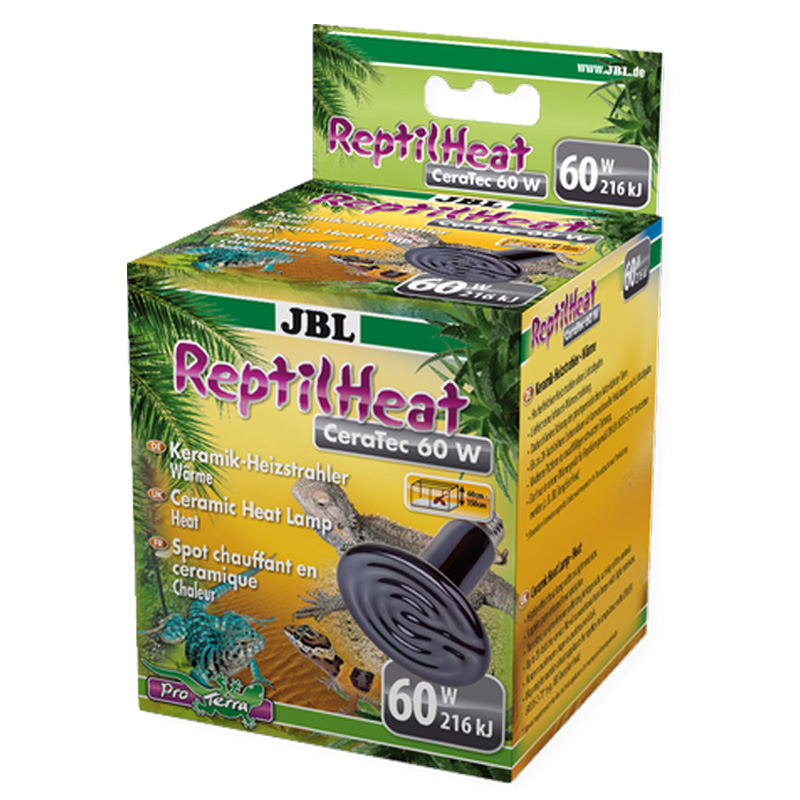
Humidity:
Periodic misting with a spray bottle is a good method, particularly around shedding times. A humidity of at least 60% is recommended. A hygrometer will ease you in observing and measuring the humidity.
NUTRITION
Staple diet:
The primary food of python is appropriately sized rodents. Hatchling young snake will eat about 5-7 days. Adults can be fed every 10-14 days.
Water:
Fresh water should always be available in a bowl that is large enough for them to have ample water supply and also to soak in. Clean out the bowl every few days or sooner if it is soiled. Drop few drops of JBL Biotopol T to ensure a safer drinking water. A liquid multivitamin, JBL TerraVit fluid with lecithin will boost up their health.
HEALTH
Sign of healthy:
- Clear eyes
- Smooth and clean in appearance
- Shed regularly during growth
- Active and alert
- Bright and even body coloration
- Eat and drink normally
- Breath easily
- Frequently flicking its tougue
- Well formed stools
- No sign of mites
IMPORTANCE
- Wash hand thoroughly with soap before and after handling your pet.
- A couple of dark and tight hides are essential to help the snake feel secure and snug.
- Cedar and pine shavings are toxic to all reptiles and should be avoided.
- Weekly clean their waste products.

